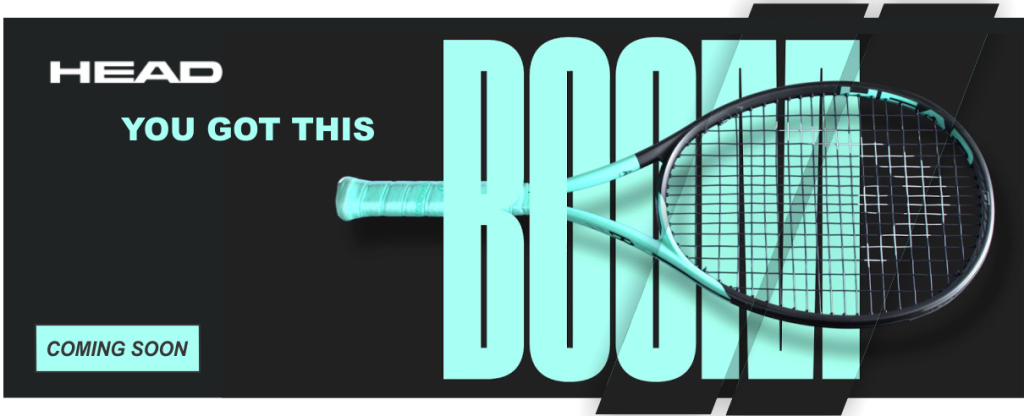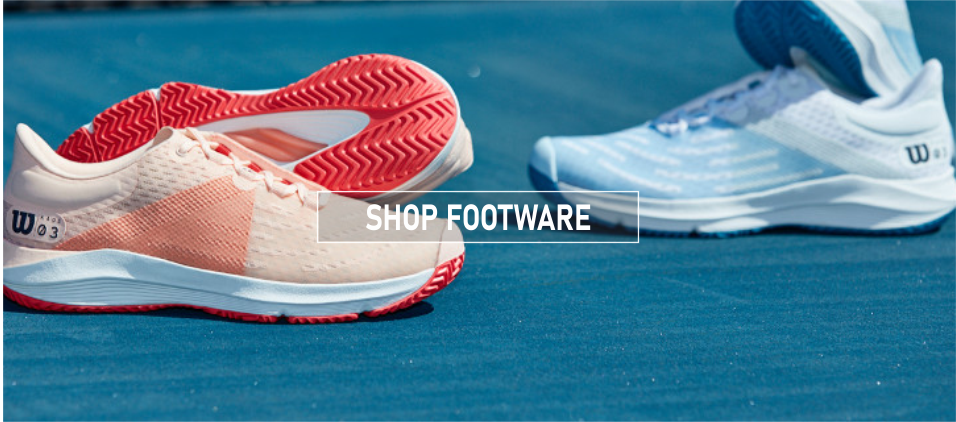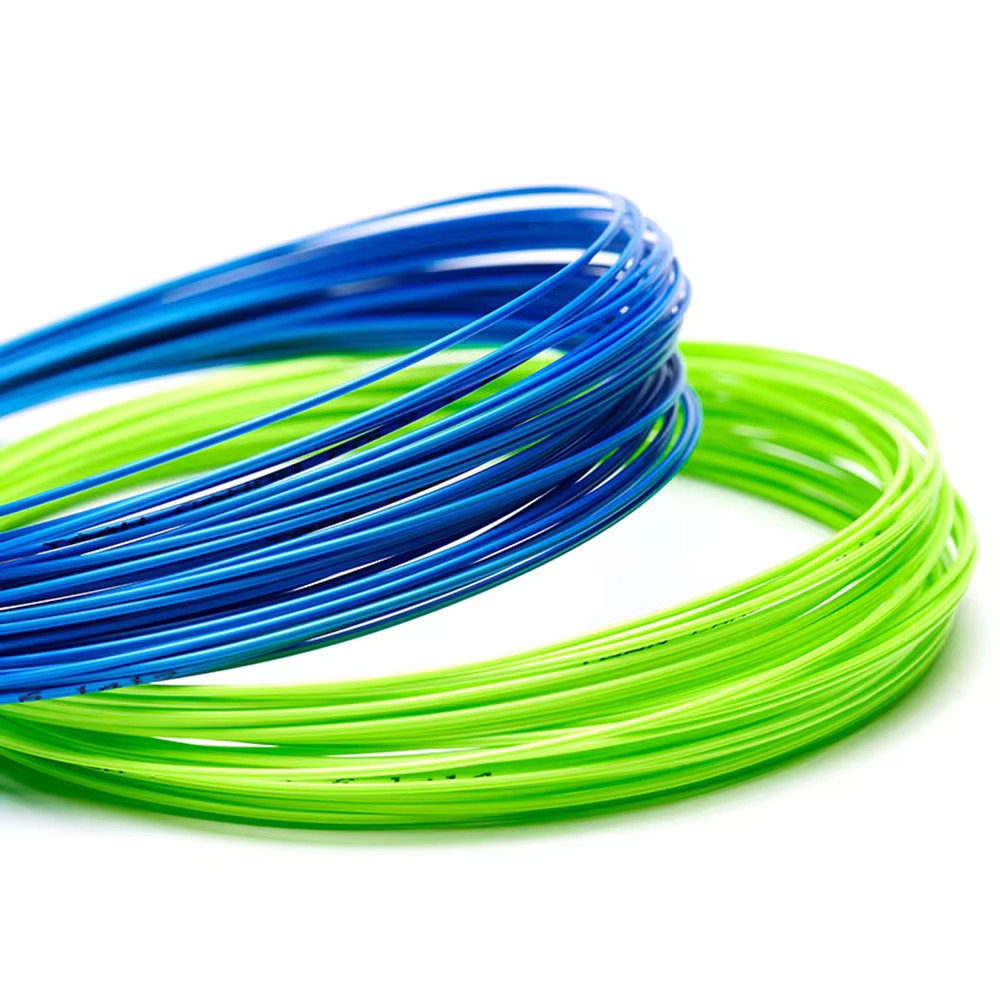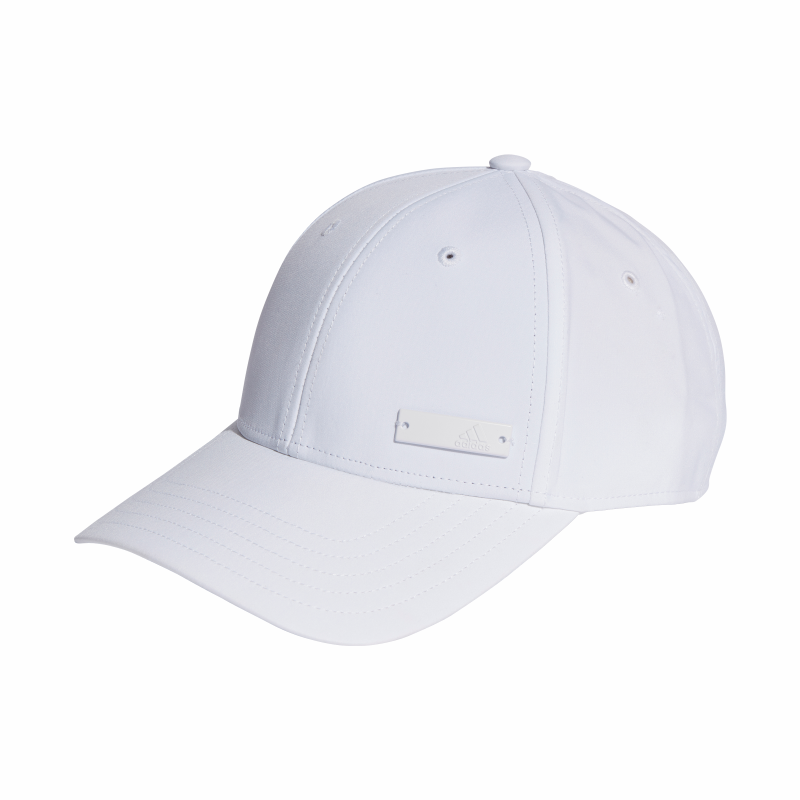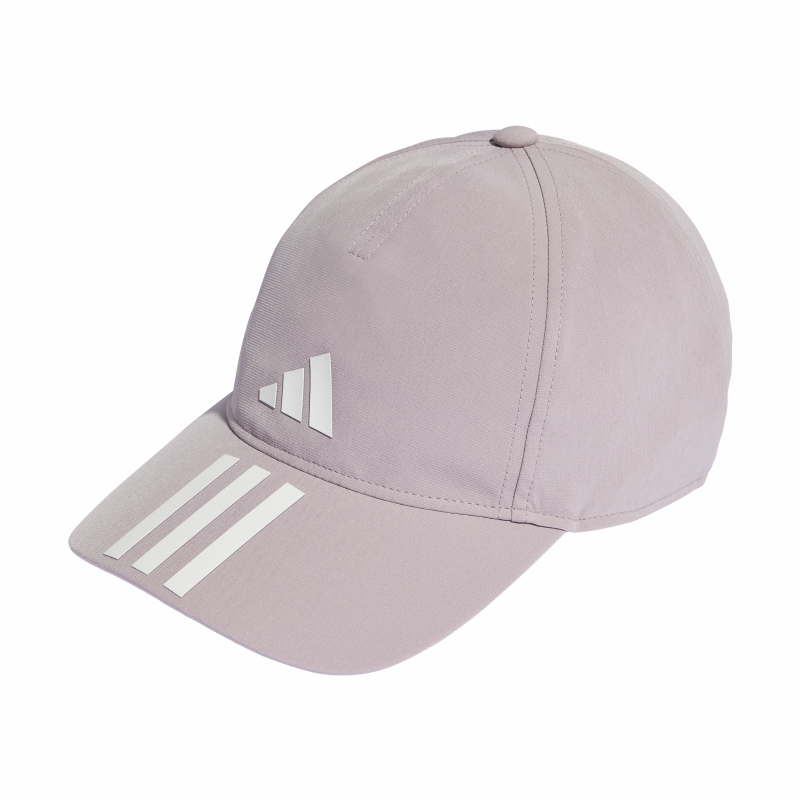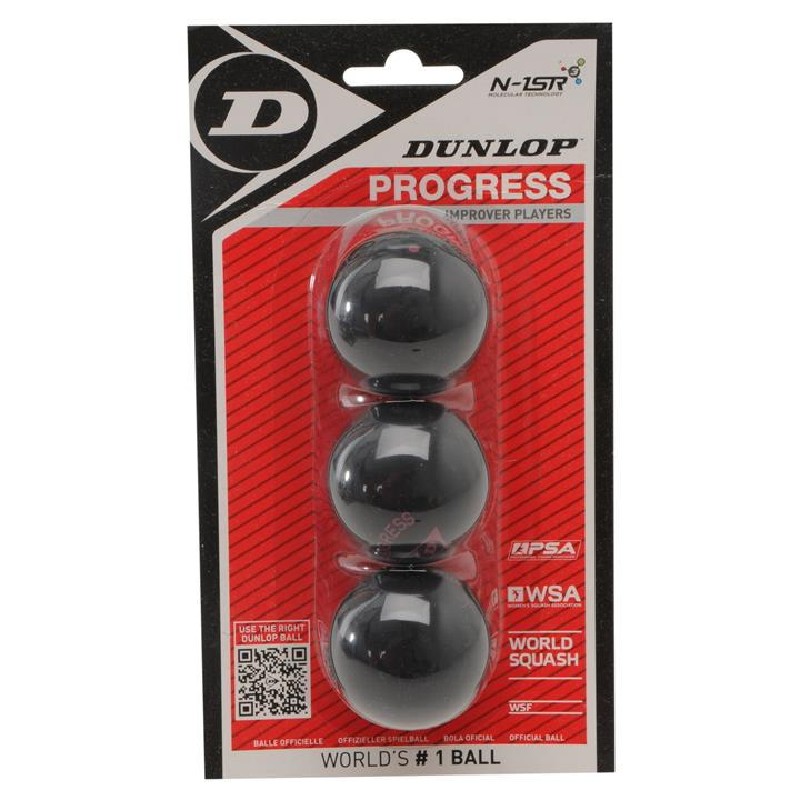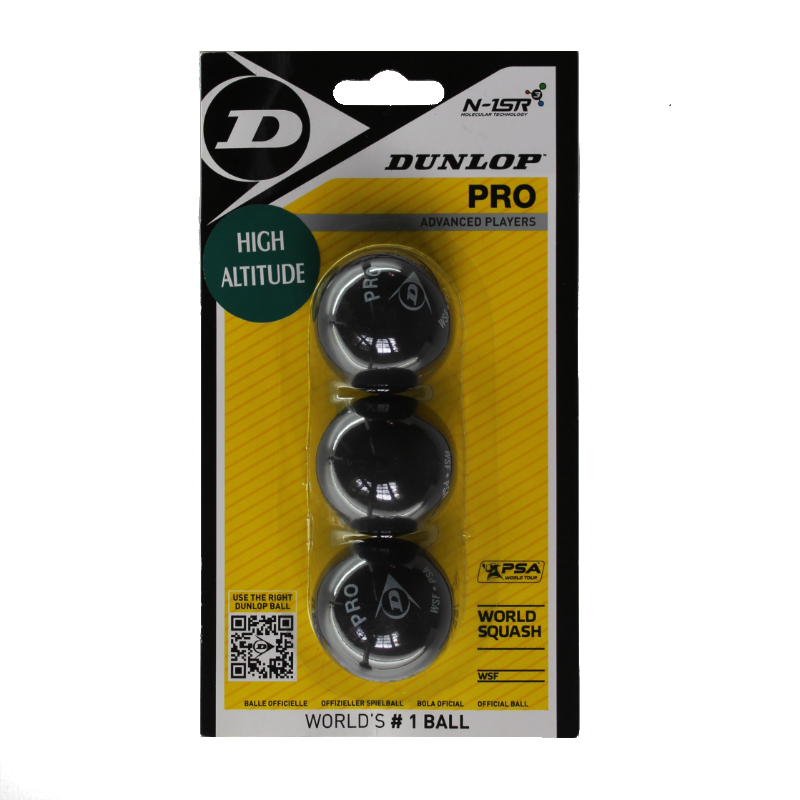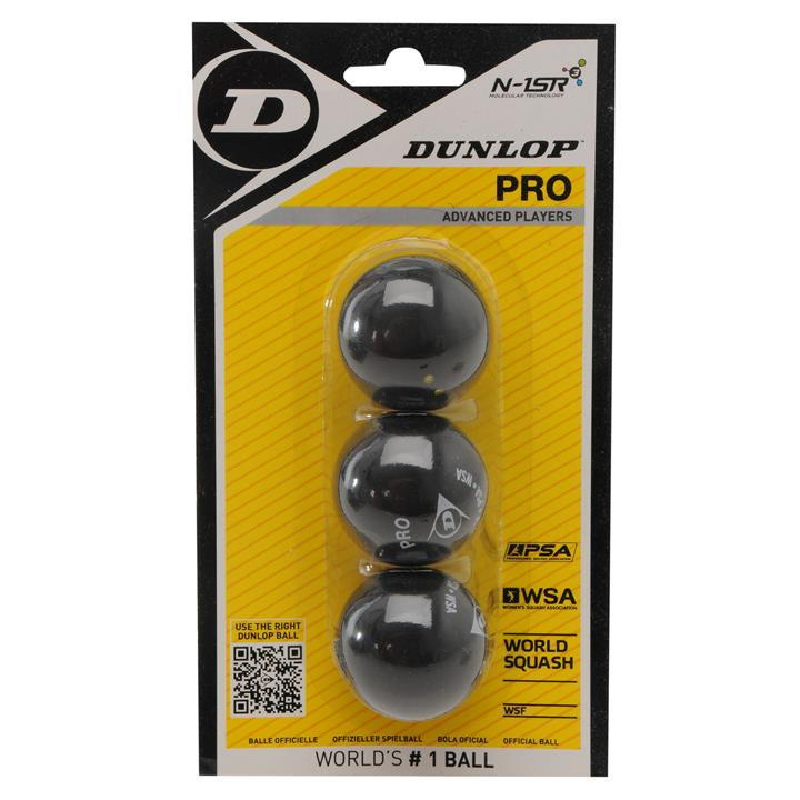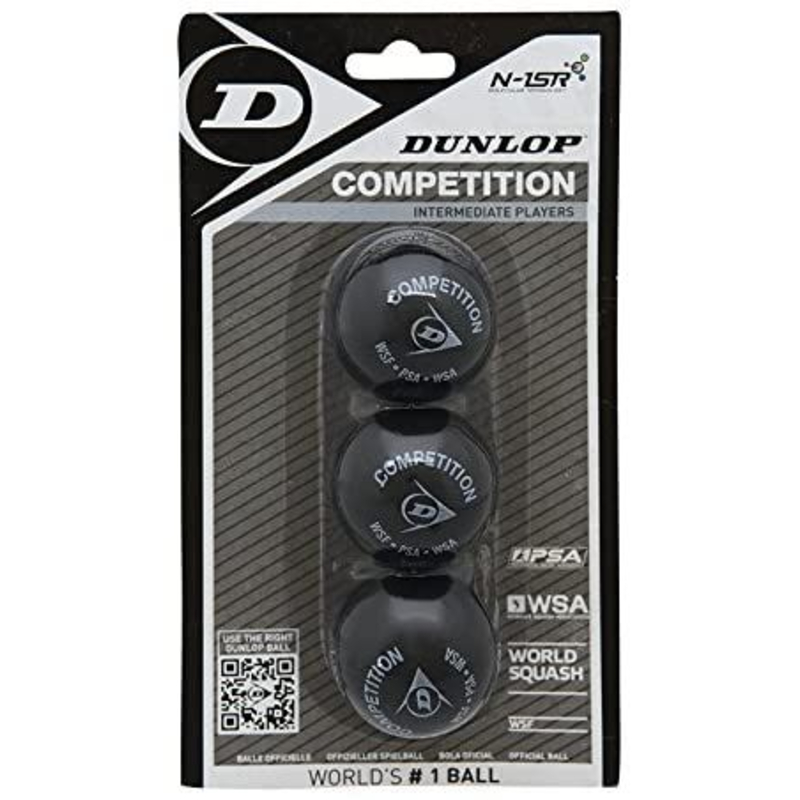Category: Baseline News
Racket Sizing Guide
Our Racket Sizing Guide
Take your best shot with our Racquet Sizing Guide.
Racquet Sizing Guide
AGE 0-3 4-6 7-8 9-10 11-12 12+ HEIGHT (CM) <105CM 105-118CM 118-135CM 135-150CM 135-150CM >150CM
HEIGHT (INCHES”) EU 6″ 7-10″ 11-5″ 6-11″ 6-11″ HEIGHT (ft) 3ft-3ft 3ft-3ft 3ft-4ft 4ft-4ft 4ft-4ft 5ft>
RACQUET LENGTH 19 21 23 25 26 27 or adult
Grip Sizing Guide
GRIP 0 1 2 3 4 5
INCHES (“) 4 4 (1/8) 4 (1/4) 4 (3/8) 4 (1/2) 4 (5/8) MM 100-103 103-106 106-110 110-113 112-118 116-119
Shoe Sizing Guide
Our Shoe Sizing Guide
Step into the right shoes with our guide to global shoe sizing for the local market.
Ladies Sizing Guide
US 5.5 6.0 6.5 7.0 7.5 8.0 8.5 9.0 9.5 10 11
EU 36 36.5 37 37.5 38 38.5 39 40 40.5 41 42
UK 3 3.5 4 4.5 5 5.5 6 7 7.5 8 9
JPN 22 22.5 23 23.5 24 24.5 25 25.5 26 26.5 27
(CM) 22.2 22.5 23.0 23.5 23.8 24.1 24.6 25.4 25.9 26.3 27.1
Mens Sizing Guide
US 7.0 7.5 8.0 8.5 9 9.5 10 10.5 11 11.5 12 13
EU 40 40.5 41 41.5 42 42.5 43 43.5 44 44.5 45 46
UK 6 6.5 7 7.5 8 8.5 9 9.5 10 10.5 11 12
JPN 25.5 26 26.5 27 27.5 28 28.5 29 29.5 30 30.5 31
(CM) 24.4 24.8 25.4 25.7 26 26.7 27.0 27.3 27.9 28.3 28.6 29.4
Junior Sizing Guide
US 4.5 5 5.5 6 6.5 7 7.5 8
EU 19 1/3 20 20 2/3 21 1/3 22 22 2/3 23 1/3 24
UK 3.5 4 4.5 5 5.5 6 6.5 7
JPN 13 13.5 14 14.5 15 15.5 16 16.5
(CM) 13 13.5 14 14.5 15 15.5 16 16.5
APPAREL SIZING GUIDE
Our Apparel Sizing Guide
Get the best fit with our guide to global apparel sizing for the local market.
Ladies Sizing Guide
UNITED STATES 5 6 7 8 9 10 11 12 13
EUROPEAN 35 36 37 38 39 40 41 42 43
STANDARD (WOMENS) SMALL SMALL MEDIUM LARGE LARGE X-LARGE XX-LARGE XX-LARGE
STANDARD (UNISEX) X-SMALL SMALL SMALL MEDIUM MEDIUM LARGE LARGE X-LARGE X-LARGE
UK (UNISEX) 3 4 5 6 7 8 9 10 11
Mens Sizing Guide
UNITED STATES 5 6 7 8 9 10 11 12 13
EUROPEAN 35 36 37 38 39 40 41 42 43
STANDARD (WOMENS) SMALL SMALL MEDIUM LARGE LARGE X-LARGE XX-LARGE XX-LARGE
STANDARD (UNISEX) X-SMALL SMALL SMALL MEDIUM MEDIUM LARGE LARGE X-LARGE X-LARGE
UK (UNISEX) 3 4 5 6 7 8 9 10 11
Junior Sizing Guide
UK 4-5 Yrs 5-6 Yrs 6-7 Yrs 7-8 Yrs 8-9 Yrs 9-10 Yrs 10-11 Yrs 11-12 Yrs 12-13 Yrs 13-14 Yrs
AUSTRALIA 5 6 7 8 9 10 11 12 13 14
US X-SMALL X-SMALL SMALL SMALL MEDIUM MEDIUM MEDIUM LARGE LARGE X-LARGE
EUROPEAN 110 116 122 128 134 140 146 152 158 164
Racket Stringing Guide
Our Tennis Racket Stringing Guide
Choosing a tennis string can be even harder than choosing a tennis racquet. With literally hundreds of different options, it’s tough to know which is the right string for you. Finding a string that works well with your PLAY STYLE and RACQUET will make you more confident in your gear and your game when it’s time to take the court. Correct Stringing can also alleviate or avoid injury during your game.
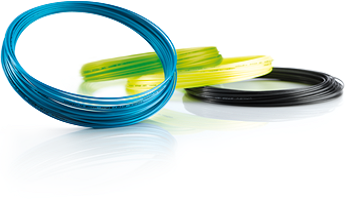
Strings Based On Play Style
Heavy Spinners
A heavy spin-style player breaks a lot of string. A thicker gauge string and/or a monofilament polyester string will increase durability for this type of player.
Flat Hitters
A flat hitter could use a thinner more feel-orientated type of string due to them imparting less spin, thus breaking less string and not needing the durability that a thicker string provides.
Other Considerations
New Racquets
Many times the old favourite string does not play as well in the new frame you bought. This can be due to a different weight, racquet stiffness, or string pattern.
Injuries
For players who are suffering from tennis elbow or shoulder issues, a softer more elastic string like the natural gut or a multifilament will help and is recommended.
String Tensions and Considerations
Choosing your string tension is as important as choosing your string type. The tension you play with is dependent on the type of courts you play on, the temperatures or altitudes at which you play, or even to reduce injury stress.
Court Surface
On faster surfaces like grass, artificial grass, and quicker hard courts, the ball comes through faster off the surface, therefore requiring higher tension to stay in control.
On slower surfaces like clay and slow hard courts the ball won’t come through as fast and will sit up more, in this case lowering tension will help hit the ball higher over the net and with depth.
Weather
In hotter weather, the ball will fly faster through the air and some control may need to be regained meaning higher tension is needed.
In colder conditions, the ball will move more slowly through the air meaning lower tensions are required.
Locations
When playing tennis at a high altitude it will mean a faster game compared to playing at the coast. Increase tension at high altitudes to help with control at faster speeds.
Coastal play means a slower game, tension may need to be lowered to help with depth and power.
Injuries
If you suffer from an injury, particularly an arm or wrist injury, lowering tension will help reduce stress on the affected part of the body.
The slower swing speed will help the player continue playing with less discomfort.
ERSA Qualified Stringers
Reliable and functioning equipment is the starting point to play most sports. Tennis, badminton, and squash are no different – your racquet is a big investment that needs continual maintenance to give you the best game possible. Stringing your racquet is a big part of that care and it requires specialist knowledge to be done properly. Not sure who to go for the best stringing? Read on to find out why you need an ERSA-certified specialist…
Who is ERSA?
ERSA stands for The European Racquet Stringers Association. The association was created to help educate its members and consumers about the stringing of sports racquets. Founded in 2001, it now boasts over 3,000 members in over 30 countries – these members include racquet specialists, coaches, sporting goods retailers, manufacturers, and racquet sports players. ERSA has expanded its certification to include courses for tennis, badminton, and squash racquets.
Why choose an ERSA accredited stringer?
ERSA accredited stringing specialists have to complete several intensive courses and tests to gain accreditation. In creating these qualifications ERSA has set an industry standard for stringing and racquet knowledge. A poorly strung racquet could destroy your game or even cause you injury – having your racquet strung by an ERSA member guarantees stringing done to the highest standard and no surprises. An ERSA-certified stringer will have a full understanding of racquet service, including re-gripping, weight and balance, installing grommets and string, and how to handle sizing. ERSA helps its members keep their skills on-point and up-to-date by providing workshops, new tests, and the latest information.
ERSA stringing in South Africa
Baseline Racquets are the official testers and certifiers for ERSA in Southern Africa. Our stringers are certified as Pro Stringers and Master Pro Stringers. Want your racquet strung by the best in the business? Visit one of our Baseline Racquets stores or pop us an email at info@baselineracquets.co.za to find out more.
Squash Stringing Guides
Squash Stringing Guide
Racket Strings deteriorate with use long before they break. Strings also gradually lose their tension even if not in use. Many players neglect their strings, even though proper stringing can make a huge difference to the way a racket performs. If you’re a frequent player (three or more times per week), you should restring your racket at least three times a year to ensure optimum performance. If you are playing less frequently you should ideally still restring your racket at least a couple of times a year.

Factors To Consider
String Tension
Recommended Tensions
Every racket comes with a recommended string tension which is sometimes listed on the racket throat.
Tensioning For Gameplay
You can either choose to restring at the same tension as recommended on the racket (or in other words take the strings back to the same tension as the day you bought it) or you can adjust your strings to improve your gameplay. A tighter string tension would help increase the control of your racket by ‘catching’ and then shooting the ball out in a more controlled way. A lower string tension would act more like a trampoline by shooting the ball out at a greater speed with greater power (but this would result in less control of your shot).
String Gauge
Thickness Range
Squash strings generally range from 1.10mm-1.30mm thickness.
Thin Vs Thick
Thin strings offer better control but tend to be less durable, and more frequent restrings will be required. Thicker strings are more resilient and can take more of a beating before needing replacement but they are generally less responsive.
| Stringing Choices | Power | Control | Durability |
| Thin gauge / Loose tension | High | Low | Medium |
| Thin gauge / Tight tension | Medium | Medium | Low |
| Thick gauge / Loose tension | Medium | Medium | High |
| Thick gauge / Tight tension | Low | Medium | High |
String Construction
Core Types
Squash strings can have either multifilament or monofilament construction. Monofilament strings have a single heavy nylon fiber core. Monofilament strings are durable but usually very stiff – for this reason, they are not as popular of a choice among squash players. They are however more economical and are a viable choice for recreational players.
Multifillament Cores
Multifilament cores are made from thousands of very thin fibers twisted together – this produces a soft resilient feel and better elasticity. This string type allows players to use high tension to regain more power while maintaining their control.
The jackets of most strings are made from Nylon. The nylon is either braided or twisted around the core. Twisting creates a smooth surface and is easier to restring however when the jacket takes damage the twisted jacket is more likely to unravel exposing the core. In contrast, the braided string pattern while providing a more textured surface (enhancing ball control), also locks the fibers together preventing unraveling and promoting durability.
Some strings – like the Ashaway SuperNick XL have two jackets. A multifilament inner jacket encapsulated by a high tenacity monofilament outer jacket.
Squash Racket Guide
Our Guide To Choosing Your Racket
The type of squash racket you play with can deeply impact your game. Balance, Weight, Throat Shape and Beam are all factors we need to consider before selecting the perfect racket to improve your game.
Racket Throat Shape
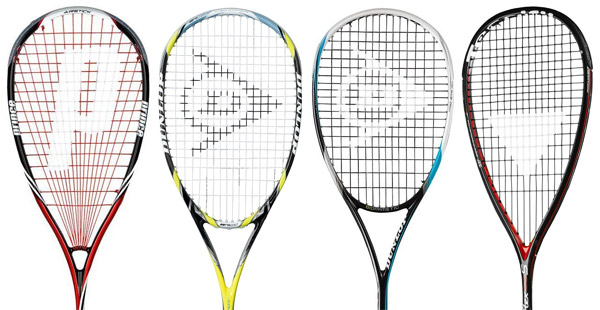
There are two types of racket throat which are referred to as Open or Closed. Usually, a closed throat is one that has a bridge at the top of the throat.
Classic throat squash rackets have a smaller string-bed and sweet spot. For this reason, the strings have less give. The trampoline effect, therefore, springs back with less force – and thus less variance. As a general rule, this racket will suit a more experienced player, one who already has a powerful swing, looking for enhanced control.
Open throat squash rackets sometimes known as Teardrop rackets have a larger string-bed area, a larger sweet spot, and therefore tend to be more forgiving and offer more power. Most of the top pros use teardrop-shaped rackets including Ali Farag (Dunlop Hyper fiber XT Revelation Pro), Nick Matthew (Dunlop Hyperfibre+ Evolution Pro), and Miguel Rodriguez (Tecnifibre Carboflex Cannonball), and Mohamed El Shorbagy and Marwan El Shorbagy (Tecnifibre Carboflex 125 Airshaft).
Racket Balance
Rackets can be head-light, head-heavy, or evenly balanced. When we talk about a racket being head heavy we are referring to the weight of the head being heavier than the shaft. An evenly balanced racket has a similar weighting in both the shaft and the head and lastly, a head-light racket has a heavier shaft and a lighter head.
Head-heavy rackets are easy to control whereas head-light rackets offer great maneuverability for a fast-paced game but can be harder to control at speed. As today’s game has become so fast-paced with plenty of quick volleys and attacking play many Pro players have started opting for head-light frames.

Racket Weight
Squash rackets generally weigh 110 – 145g. The weights marked on the racket frames are usually the unstrung weights and are often before paint, grommets and the grip are added so expect your actual racket to weigh a few grams more.
The unstrung weight is often included in the product title e.g Wilson Hammer 110. A lighter-weight racket will suit a more attacking player as it can be maneuvered quickly. Lighter rackets can also be great for juniors who want to play with a full-size racket without being weighed down. Heavier weight rackets suit a more traditional style player with a slower swing.
Racket Beam
Beam width (measured in millimeters) represents the thickness of the racket frame. The measurement is taken as the width of the racket when viewed from the side. Rackets with a thicker (wider) beam width are usually stiffer and more powerful due to the extra material in the frame, while rackets with a thinner (narrower) beam width offer greater maneuverability, flexibility, and feedback. The beam width of squash rackets is generally between 16-21mm.
Narrow Beams (16-17mm), offer greater maneuverability and are generally suited to skilled players.
Average beam (18-19 mm), rackets have a beam width within this range, which is suited to the majority of players.
Wide beams (20-21 mm), are recommended for less skilled players

Racket Stiffness
The stiffness of a racket frame is measured by its ability to flex on its longitudinal axis. Stiffer rackets bend less on contact with the ball, absorbing less impact energy from the ball and resulting in greater power. Flexible rackets bend more, leading to greater energy loss from the ball and reduced power, with an increased dwell time on the string bed during impact.
The material of a racket frame has the biggest overall effect on stiffness. The majority of squash rackets are made from (or contain) graphite. Some composite graphite rackets are hybrids with materials such as titanium to increase frame stiffness, providing greater power at a lighter weight.
Aluminum rackets are stiffer, more durable, and often significantly heavier than graphite rackets. The rackets are usually cheaper and advisable for beginners as they are more likely to withstand repeated contact with the walls and floor. They absorb less vibration from shots compared with graphite frames so are not advisable for people with elbow injuries.
Squash Ball Guides
Our Guide To Choosing Your Squash Ball
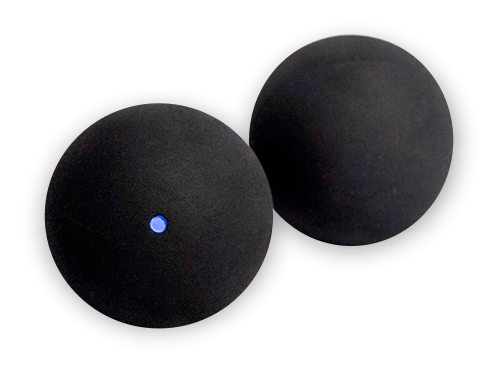
Introduction Ball
Has a single blue dot suitable for
beginners and juniors. This ball is 12% bigger and has more bounce than the
Pro Squash Ball. Making it easier to
keep the game going and also doesn't
have to be warmed up before the game.
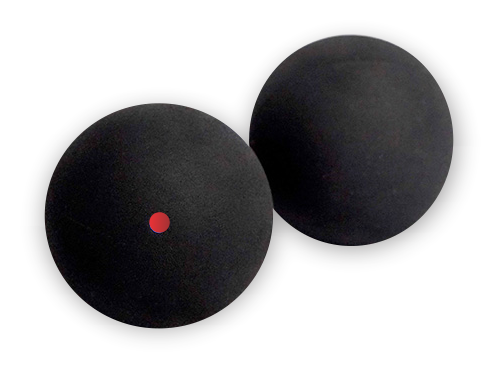
Progress Ball
Ideal for recreational players.
This ball is 6% bigger than the Pro and bounces 20% more. If you find the play a bit difficult using the Competition - Then this ball will give you more time
between returns.
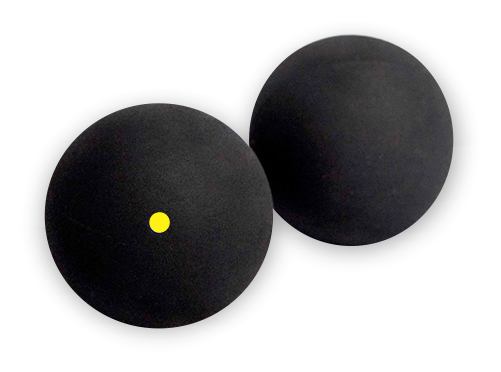
Competition Ball
For experienced players - this ball has the same dimensions as the Pro ball but bounces 10% more. This ball can also be used for training sessions and especially in cold weather conditions.
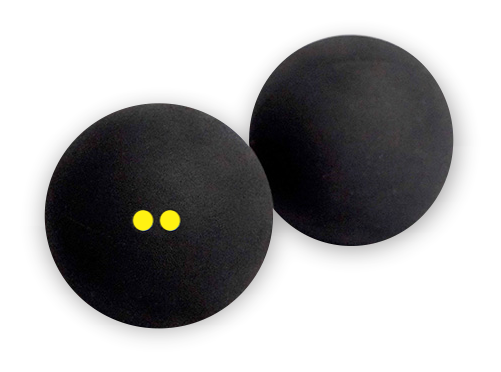
Pro Ball
Suitable for very advanced players. This ball is the official ball at all national and international tournaments.
The Pro has the lowest bounce and requires a good technique by both players
High Altitude Ball
In high-altitude areas with lower air pressure, it is necessary to use a ball that has even less bounce. A high-altitude ball is often used in places such as Mexico City, Johannesburg and Calgary.
It’s important to remember the temperature on the court influences the bouncing qualities of a squash ball: when it´s very cold, it´s a good idea to choose a ball with more bounce even if you´re an advanced player.

